PKP began as a research initiative in which faculty and students investigated ways of improving public access to scholarly publications, with the software development following shortly thereafter, as the resulting studies of open science, related economic and legal models, metadata, social media, and historical precedents have continued to inform the building of innovative open source platforms and tools.
Journal Integrity Initiative (JII)
Juan Alperin, Lucia Cespedes, Natascha Chtena, Alice Fleerackers, Lauren Maggio, Emily Rose Southerton, Laura Moorhead, Daniel Pimentel, and John Willinsky
Anonymous Donor, Stanford University
The 5-Point Journal Integrity Initiative: A New Standard for Public Access to Research, link.
2021-
- Question of the Week, Nature Briefing, April 19, 2024, link. Results, link.
- Dalmeet Singh Chawla (2024 April 17) Researchers want a ‘nutrition label’ for academic-paper facts, Nature Index.
- Willinsky, J., & Pimentel, D. (2024 Feb 20). The Publication Facts Label: A public and professional guide for research articles. Learned Publishing. https://doi.org/10.1002/leap.1599.
- Pimentel, D. (2022). First field trial of the Publication Facts Label: High school students, PKP unpublished report, link.
- Slide deck (2024). Publication Facts Label: Research Integrity at the Article Level, link.
- Data set (2023): Transcripts of focus group participants (editors, researchers, science journalists asked about the design and value of the label, link.
- Information on each fact on the Publication Facts Label
- Participate in a Publication Facts Label Trial for OJS V3.3 English monolingual journals, with instructions for installing PFL
- Are you the editor or manager of a journal using OJS (version 3.3.x, English only) and would like to have your journal participate in the initial pilot for the Publication Facts Label? Email: willinsky@stanford.edu
With the global distribution of open access publishing resulting in increasing public availability of research, this project seeks to advance the public’s and the professions’ ability to assess the trustworthiness of the research in its compliance with scholar publishing standards.
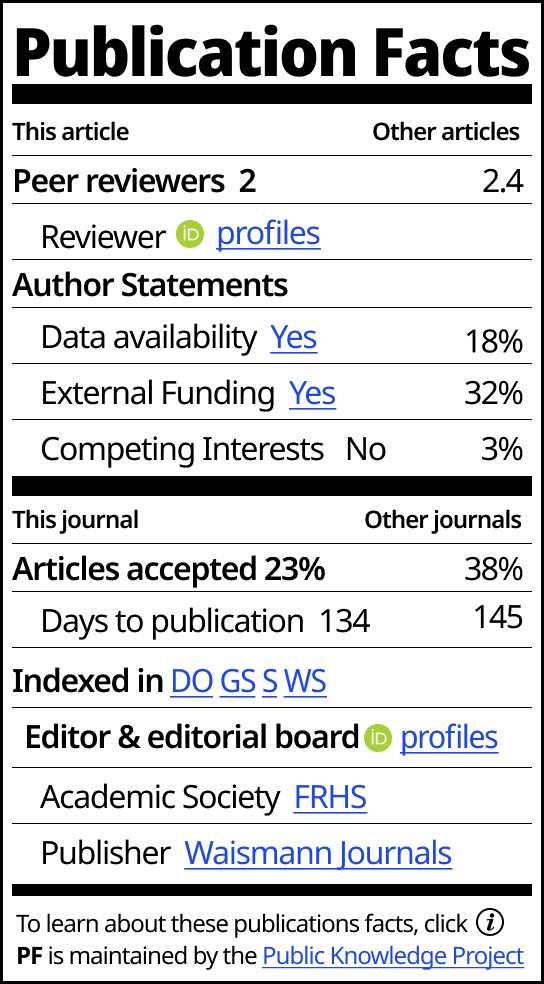
Research Resources
Saurabh Khanna, Jonas Raoni, Alec Smecher, Juan Pablo Alperin, Jon Ball, and John Willinsky
2021-2024
- Khanna, S., Raoni, J., Smecher, A., Alperin, J.P., Ball, J., Willinsky, J. (2024). Details of publications using software by the Public Knowledge Project, V4. Harvard Dataverse.
- Khanna, S., Raoni, J., Smecher, A., Alperin, J.P., Ball, J., Willinsky, J. (2022). Details of publications using software by the Public Knowledge Project, V3. Harvard Dataverse.
- Khanna, S., Raoni, J., Smecher, A., Alperin, J.P., Ball, J. (2021). Details of publications using software by the Public Knowledge Project, V1. Harvard Dataverse.
In its commitment to open science, PKP is making available the data it collects annually, with the publishing platform operator’s consent, from the publishing software beacon, which includes publishing and indexing information from OJS, OMP, and OPS installations. Data is made available under a CC0 1.0 Universal (CC0 1.0) Public Domain Dedication.
This data has been used to plot the usage of OJS:
This data has been used to plot the usage of OJS:
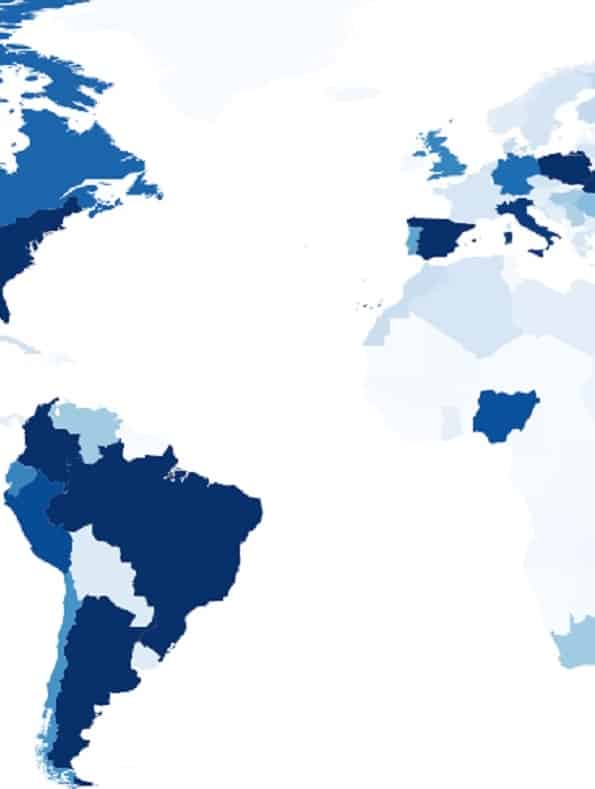
OJS Global Usage Tracking
Saurabh Khanna, Jon Ball, Juan Pablo Alperin, and John Willinsky
Stanford University Graduate School of Education
2020-2024
- Khanna, S. (2024). OJS growth statistics. https://rpubs.com/saurabh90/ojs-stats-2022
- Khanna, S., Ball, J., Alperin, J. P., & Willinsky, J. (2022). Recalibrating the scope of scholarly publishing: A modest step in a vast decolonization process. Quantitative Science Studies; 3 (4): 912–930.
- The preprint was published at SciELO Preprints.
The 2024 analysis of the total active journals using OJS in 2022 revealed 44,776 active journals. A journal is defined as ‘active’ if it has 5 or more records / articles published in a calendar year. The analysis also showed the total articles published in active OJS journals from 2020-2022 was 4,442,921.
Based on 2020 beacon data from instances of OJS, the 2020 study identifies the countries (156), languages (60), and disciplines (roughly all) of some 25K journals using the software, along with their very different indexing levels in major scholarly indexes and low presence on predatory journal lists.
Based on 2020 beacon data from instances of OJS, the 2020 study identifies the countries (156), languages (60), and disciplines (roughly all) of some 25K journals using the software, along with their very different indexing levels in major scholarly indexes and low presence on predatory journal lists.
Metadata for Everyone
Metadata ensures accurate identification and citation of a work. It can improve discoverability, access, dissemination, preservation, and, arguably, research impact. It can help disambiguate similar works. The work outlined in this proposal will serve to “prove” that metadata quality, consistency and completeness impact individuals and communities.
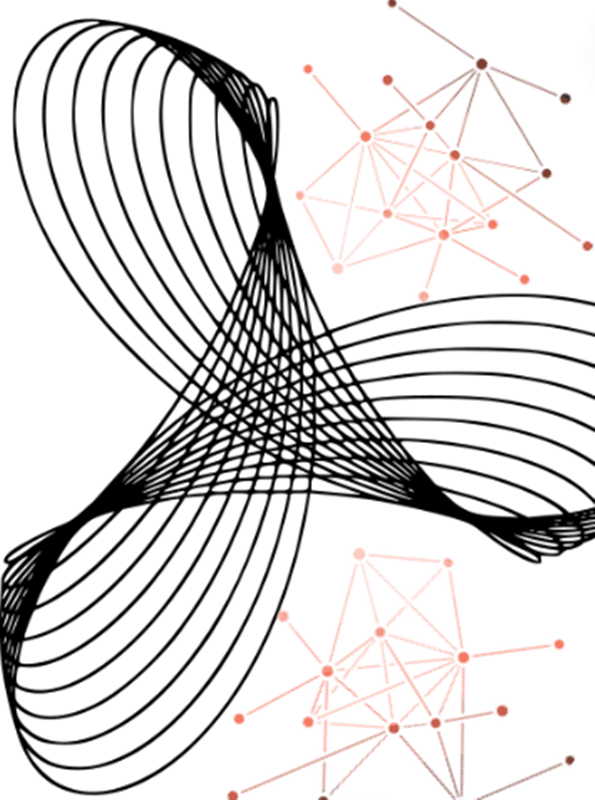
Open Science in a Post-Pandemic World
Juan Pablo Alperin, Germana Barata, Isabella Peters, Stephen Pinfield, Alice Fleerackers
Trans-Atlantic Platform Recovery, Renewal and Resilience in a Post-Pandemic World Award—which includes contributions from Social Sciences & Humanities Research Council (SSHRC) in Canada, São Paulo Research Foundation (FAPESP) in Brazil, Arts and Humanities Research Council (AHRC) in the UK, and Deutsche Forschungsgemeinschaft (DFG) in Germany.
2022-
The COVID-19 pandemic served to challenge the way we carry out, communicate, and engage with science. To better understand the long-term impacts of this shift for a more resilient and informed society, this transnational team will assess interplay between researchers, policymakers, science communicators, and the public.
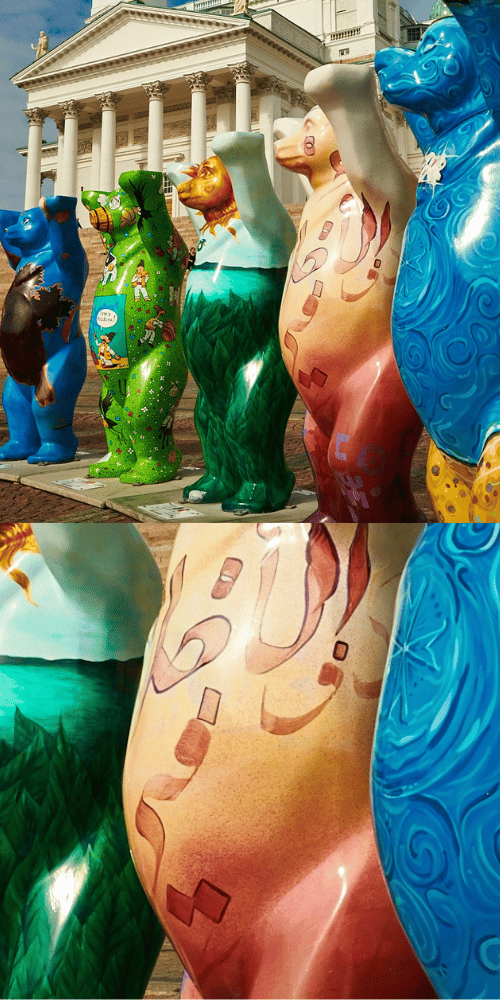
Sharing Health Research
Juan Pablo Alperin, Alice Fleerackers, Michelle Riedlinger, Lauren Maggio, Laura Moorhead, Rukhsana Ahmed
Social Sciences and Humanities Research Council of Canada (SSHRC)
2020
- Fleerackers, A., Nehring, L., Maggio, L. A., Enkhbayar, A., Moorhead, L., & Alperin, J. P. (2022). Identifying science in the news: An assessment of the precision and recall of Altmetric.com news mention data. Scientometrics.
- Atef, N., Fleerackers, A., & Alperin, J. P. (2022). Doctors on Youtube: exploring the uses and gratifications of health vloggers. SocArXiv.
- Atef, N., Fleerackers, A., & Alperin, J. P. (2022). “Doctors” or “Influencers”? Physicians’ Presentation of Self in Health Vlogs. SocArXiv.
- Moorhead, L. L., Fleerackers, A., & Maggio, L. A. (2022). “It’s my job”: A qualitative study of the mediatization of science within the scientist-journalist relationship. bioRxiv.
- Fleerackers, A., Moorhead, L., Maggio, L. A., Fagan, K., & Alperin, J. P. (2022). Science in motion: A qualitative analysis of journalists’ use and perception of preprints. bioRxiv.
- Fleerackers, A., Riedlinger, M., Moorhead, L., Ahmed, R., & Alperin, J. P. (2021). Communicating scientific uncertainty in an age of COVID-19: an investigation into the use of preprints by digital media outlets. Health Communication, 1–13.
- Riedlinger, M., Fleerackers, A., Bruns, A., Burgess, J., Guenther, L., Joubert, M., & Osman, K. (2021). The conversation, ten years on: assessing the impact of a unique scholarly publishing initiative. AoIR Selected Papers of Internet Research.
Sharing Health Research examines the on-going transformations in the online media landscape, with a focus on how they contribute to the wider communication and uptake of health research. It examines how health information circulates online, and provides insight into the sharing of reliable health information.

Copyright Reform
John Willinsky
Arcadia Fund
2019-
- Copyright’s Broken Promise: How to Restore the Law’s Ability to Promote the Progress of Science, MIT Press, 2023. (read open access here).
- An Open Letter: Request for Information on the National Health Institute (NIH) Plan to Enhance Public Access to the Results of NIH-Supported Research, Notice Number: NOT-OD-23-091.
- cOAlition S
- Toward Responsible Publishing: Seeking input from the research community to establish a community-based scholarly communication system. October, 2023.
- cOAlition S statement: “cOAlition S supports efforts to improve copyright framework for research”. March, 2023.
- Slaw: Canada’s Online Legal Magazine
- A Second Marrakesh Miracle? March, 2023.
- Learning to Campaign for Copyright Reform. January, 2023.
- Two Senses of a Right to Research. November, 2022.
Willinsky argues in his new (open access) book that copyright is not doing as much as it could to help move scholarly publishing to open access. The book proposes a legal remedy for promoting sustainable, immediate, and universal open access for research publications known as statutory licensing to ensure that publishers are fairly compensated for providing immediate open access by the institutional users and funders of these publications.
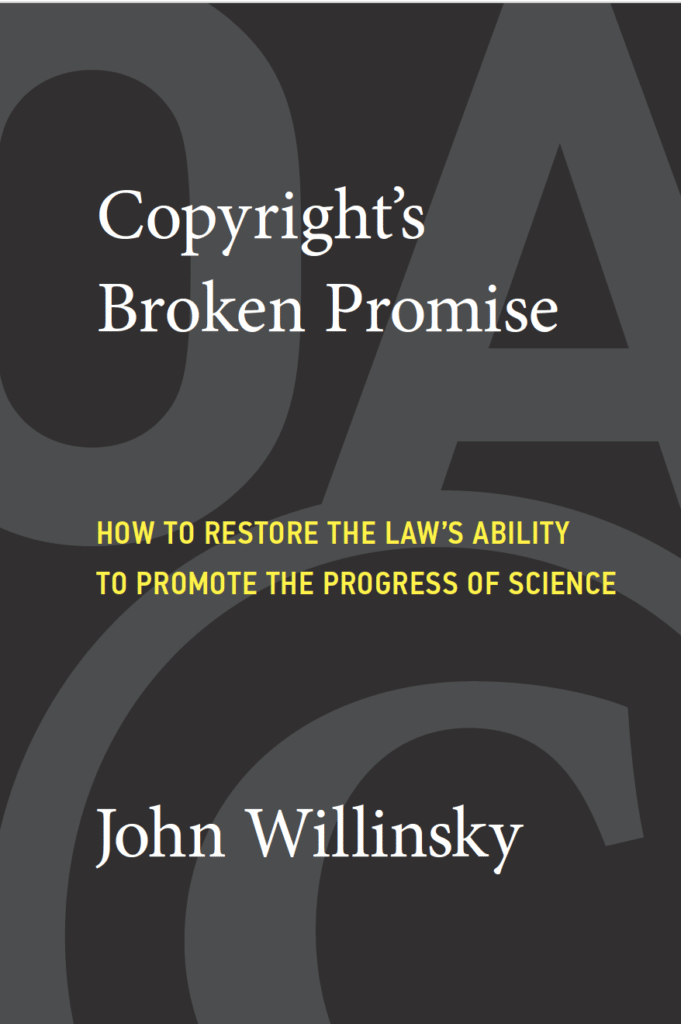

Science reported in the News
Demonstrates how scholars can use Altmetric news mention data as a relatively reliable source to identify research mentions.
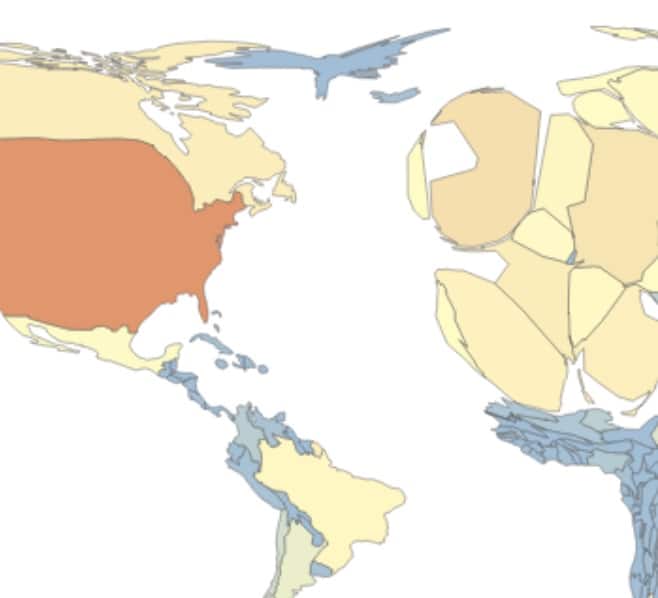
Open Data for Development
A stewardship approach to thinking about data governance can support social processes that empower development and alter relations of power.

Open science in biomedicine
Core set of 19 open science practices identified by 80 participants in the study will form the foundation for institutional dashboards.
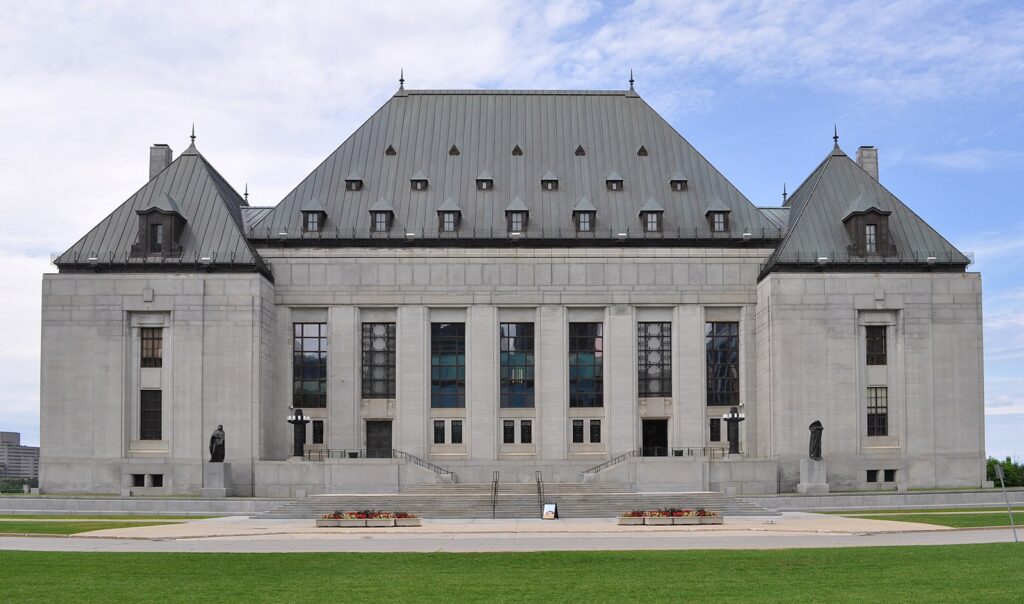
Payments for course readings
Analyses readings assigned to students, with bearing on a Supreme Court case, while proposing a three-step method for setting fees.

Science reported in the News
Demonstrates how scholars can use Altmetric news mention data as a relatively reliable source to identify research mentions.

Open Data for Development
A stewardship approach to thinking about data governance can support social processes that empower development and alter relations of power.

Open science in biomedicine
Core set of 19 open science practices identified by 80 participants in the study will form the foundation for institutional dashboards.

Payments for course readings
Analyses readings assigned to students, with bearing on a Supreme Court case, while proposing a three-step method for setting fees.

